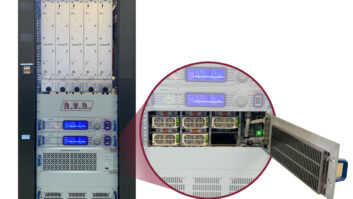NEW YORK � A mobile device�s ability to make use of Wi-Fi continues to become more and more important as carriers look to offload traffic to that type of network as much as possible. Last year, 60% of mobile data traffic was offloaded onto the fixed network via Wi-Fi or femtocells � about 10.7 exabytes per month, according to Cisco, which also predicts that by 2021, 50% of all IP traffic will be carried on Wi-Fi.
Let�s talk about some interesting new features of Wi-Fi, already supported by some devices in the field, according to Sundar Sankaran, VP of engineering at Ruckusand lead for its access point platform engineering team, as reported in rcrwireless.com.
802.11k: In a situation where a Wi-Fi client is surrounded by multiple access points, it has to decide which AP is best. Clients typically send out �probe signals� for that determination, but the �best� AP changes as the user moves, based on signal strength. 802.11k enables the client to ask one AP about the other APs in the network (a neighbor list) and the client then makes use of that list in order to makes its decisions.
802.11r: When a client is authenticated on a Wi-Fi network, 802.11r provides short-cuts on authentication among APs on the same network.� In this way the network and device aren�t basically trading the same handshake information back and forth every time a client connects to a new AP within the network. The number of exchanges is thus reduced meaning the roaming or reconnection time is also reduced.
802.11v:Normally a Wi-Fi client and an AP do some amount of measuring of the signal environment, exchanging information, in order to determine that �next best AP� for the client as it moves through the network. 802.11v enables an AP to warn and then force a client with a fading signal to disconnect, while providing information about other APs that the client can utilize that may be more lightly loaded or that may have better signal strength. This prevents so-called �sticky� clients from being able to cling to a preferred AP that is providing a poor signal or is congested.
�











